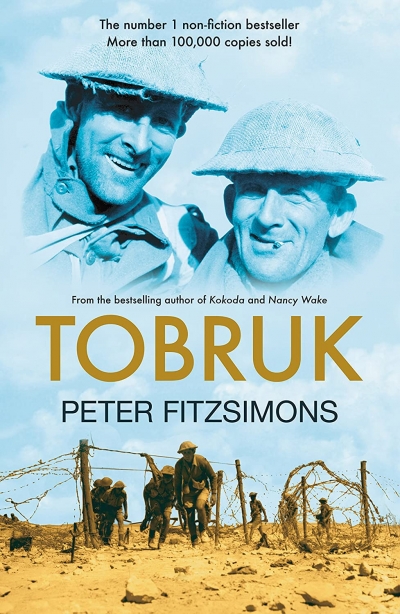Before and soon after Federation, Australia established itself as a sporting nation. Australia enjoyed good weather, with space for play. Despite the hardships of these times, youngsters, especially boys, found time to indulge in a wide range of sports. Two boys in particular, one the son of a boat builder/operator in Sydney, the other an East Maitland farm boy, became legendary figures in their chosen sports. The first was Henry Herbert (‘Dally’) Messenger, an all-round athlete and champion rugby player who turned away from the amateur rugby union and became a professional. Its best player, Messenger was a mainstay of the ‘new’ game, rugby league, in the lead-up to World War I. The second was the boxer Les Darcy, who, fighting mainly as a light heavyweight, won a series of titles in Australia prior to and during the war.
...
(read more)





